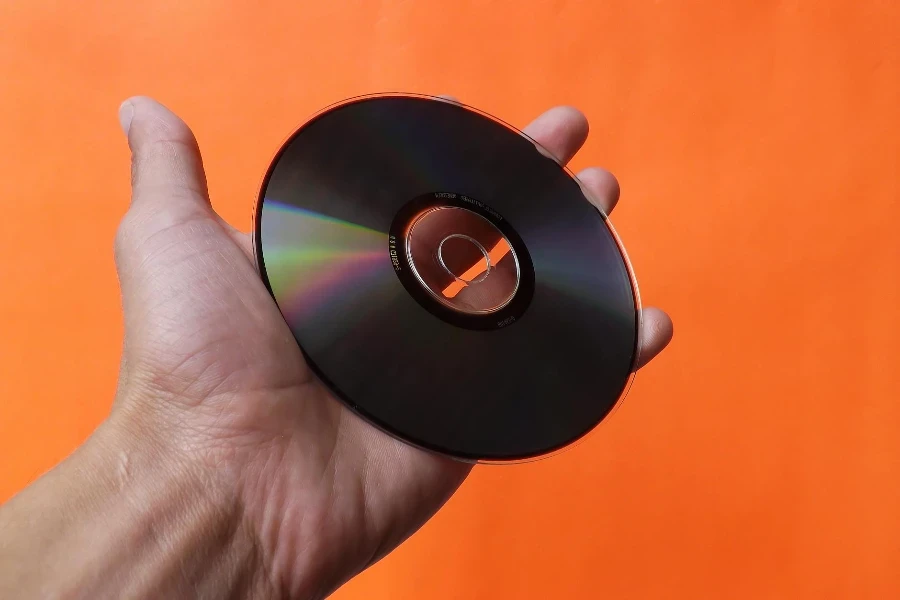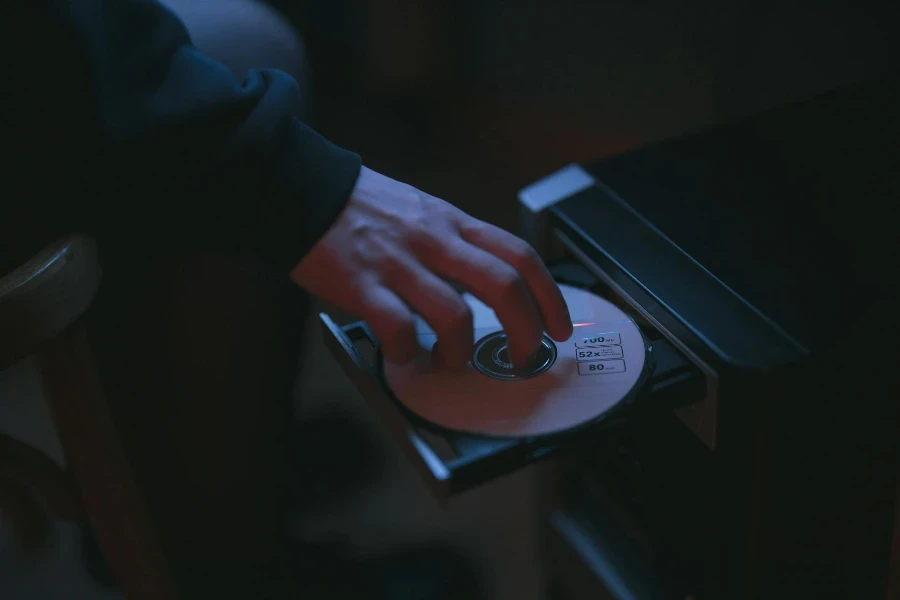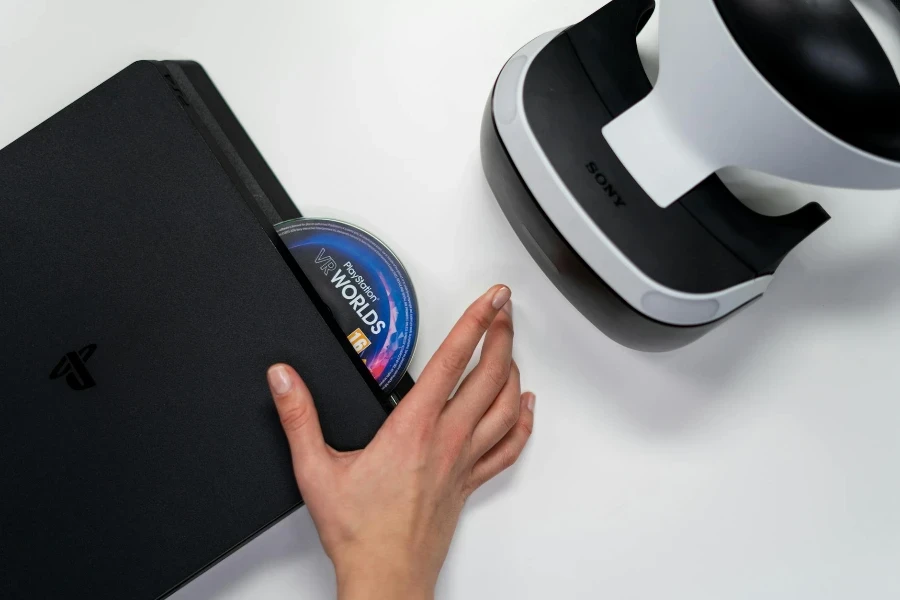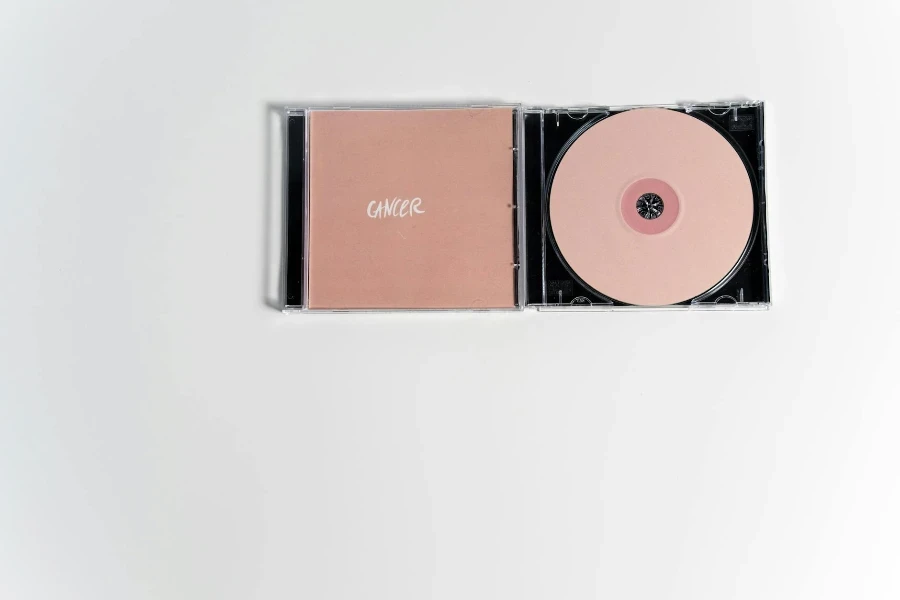In an era dominated by streaming services and digital downloads, the humble CD player holds a unique place in the hearts of audiophiles and casual listeners alike. Despite the surge in digital music consumption, there’s a tangible, almost nostalgic appeal to CD players that resonates with many. This article delves into the reasons behind their enduring popularity, highlighting the aspects users care most about. From sound quality to the tactile experience, join us as we explore the facets of CD players that continue to make them a valuable component of any audio setup.
Table of Contents:
– The unmatched sound quality of CD players
– The tangible experience: CDs in the digital age
– Durability and reliability: Built to last
– Versatility and compatibility
– The aesthetic appeal of CD players
The unmatched sound quality of CD players

For audiophiles, the sound quality of music is paramount, and CD players deliver on this front with exceptional clarity and depth. Unlike compressed digital formats that can lose nuances in the quest for smaller file sizes, CDs offer lossless audio. This means every detail of the music, from the subtlest note to the most powerful crescendo, is preserved and reproduced with fidelity. The digital-to-analog conversion process in CD players is designed to minimize distortion, ensuring a pure, immersive listening experience that’s hard to replicate with digital files or streaming.
Furthermore, the technology behind CD players, particularly in the area of digital-to-analog converters (DACs), has continued to evolve. Modern CD players incorporate advanced DACs that significantly enhance sound quality, making even the most familiar tracks reveal new layers and textures. This continuous improvement in audio technology keeps CD players at the forefront for those who prioritize sound quality above all else.
Lastly, the experience of listening to a CD from start to finish, without the interruptions of ads or the temptation to skip tracks, encourages a more intentional and appreciative engagement with music. This quality of listening, supported by the superior audio delivery of CD players, makes them irreplaceable for many music lovers.
The tangible experience: CDs in the digital age

In a world where digital media dominates, the physicality of CDs offers a tangible connection to music that many find deeply satisfying. Holding an album in your hands, admiring the artwork, and reading the liner notes as you listen creates a multisensory experience that digital formats struggle to match. This physical aspect of CDs, combined with the ritual of selecting a disc, placing it in the player, and pressing play, adds a layer of intentionality to music consumption that enriches the listening experience.
Moreover, collecting CDs can be a passion in itself, offering a sense of ownership and personal history with one’s music collection that digital libraries cannot replicate. Each CD, with its artwork and booklet, becomes a keepsake, a physical embodiment of musical memories and milestones. This connection between music and memory, facilitated by the tangible nature of CDs, is a key reason why many continue to cherish CD players as part of their audio setup.
Additionally, the tangible experience of CDs encourages a more focused and selective approach to music. In contrast to the endless options of streaming services, the finite nature of a CD collection demands more thoughtful choices about what to listen to, leading to a deeper appreciation for each album.
Durability and reliability: Built to last

CD players are renowned for their durability and reliability, often outlasting their digital counterparts. The simplicity of their mechanical design, with fewer moving parts than modern digital devices, contributes to their longevity. Many users have CD players that continue to function flawlessly after decades of use, a testament to their build quality and the enduring value they offer.
Moreover, CDs themselves are remarkably durable, capable of withstanding years of handling with minimal care. Unlike digital formats that can be lost due to hardware failure or service discontinuation, CDs provide a stable, physical medium for music that, when properly cared for, can last a lifetime. This reliability extends to the music quality, which remains consistent over time, unaffected by the compression or format changes that can plague digital files.
The reliability of CD players also lies in their compatibility with a wide range of discs, including CD-Rs and CD-RWs, allowing users to play both commercially produced albums and personal mixes. This versatility ensures that CD players can serve not only as a bridge to the past but also as a functional part of contemporary music listening habits.
Versatility and compatibility

One of the strengths of CD players is their versatility and compatibility with various audio setups and formats. Many models offer multiple connectivity options, including analog and digital outputs, making them easy to integrate into existing hi-fi systems or connect to modern speakers and headphones. This flexibility ensures that CD players can adapt to a wide range of listening preferences and environments, from traditional living room setups to more personal, intimate listening spaces.
Additionally, the compatibility of CD players with different disc formats, including CD-R and CD-RW, allows users to create their own compilations and mixes. This feature not only extends the utility of CD players but also encourages creativity in curating personalized music collections. The ability to play various formats ensures that CD players remain relevant and useful, even as music consumption habits evolve.
Furthermore, many CD players come equipped with additional features such as MP3 playback, enhancing their versatility. This capability to play MP3 files from CDs provides users with the best of both worlds: the superior sound quality of CDs and the convenience of compressed digital formats. This blend of traditional and modern features makes CD players a versatile choice for music enthusiasts of all ages.
The aesthetic appeal of CD players

Beyond their functional benefits, CD players also possess an aesthetic appeal that adds to their allure. The design of CD players, from sleek, minimalist models to more robust, feature-packed units, can complement a wide range of interior styles and personal tastes. For many, a CD player is not just a piece of technology but a statement piece that reflects their love for music and appreciation for quality craftsmanship.
The visual and tactile interaction with CD players, from the act of loading a disc to watching it spin, adds a ritualistic aspect to music listening that many find appealing. This physical engagement with music, combined with the visual presence of a CD player in a room, creates a listening experience that is as much about aesthetics as it is about audio quality.
Moreover, the presence of a CD player and a collection of CDs can serve as a conversation starter, showcasing one’s musical tastes and inviting discussions about music and memories. The aesthetic appeal of CD players, therefore, extends beyond their physical design to the role they play in creating a space that celebrates music and fosters connections.
Conclusion:
CD players, with their unmatched sound quality, tangible experience, durability, versatility, and aesthetic appeal, continue to hold a special place in the world of consumer electronics. Despite the prevalence of digital music, the unique qualities of CD players offer a listening experience that is both deeply personal and profoundly enriching. As we navigate the ever-evolving landscape of music consumption, it’s clear that CD players remain not just a nod to the past but a testament to the timeless power of music to connect, inspire, and endure.




